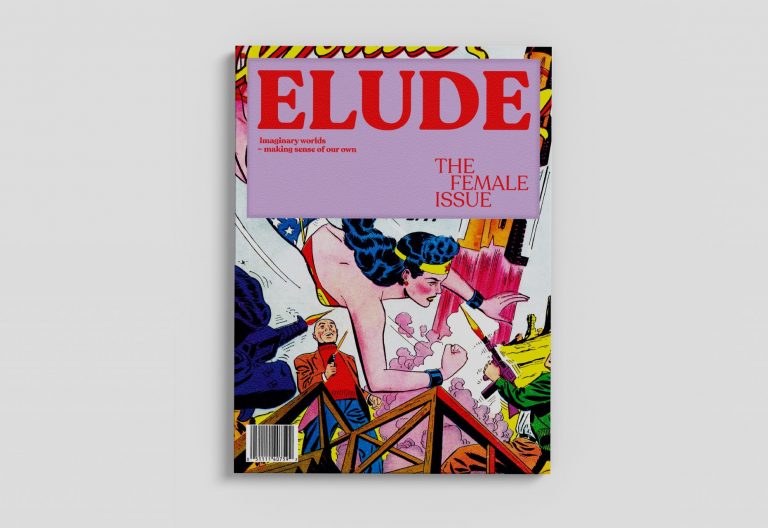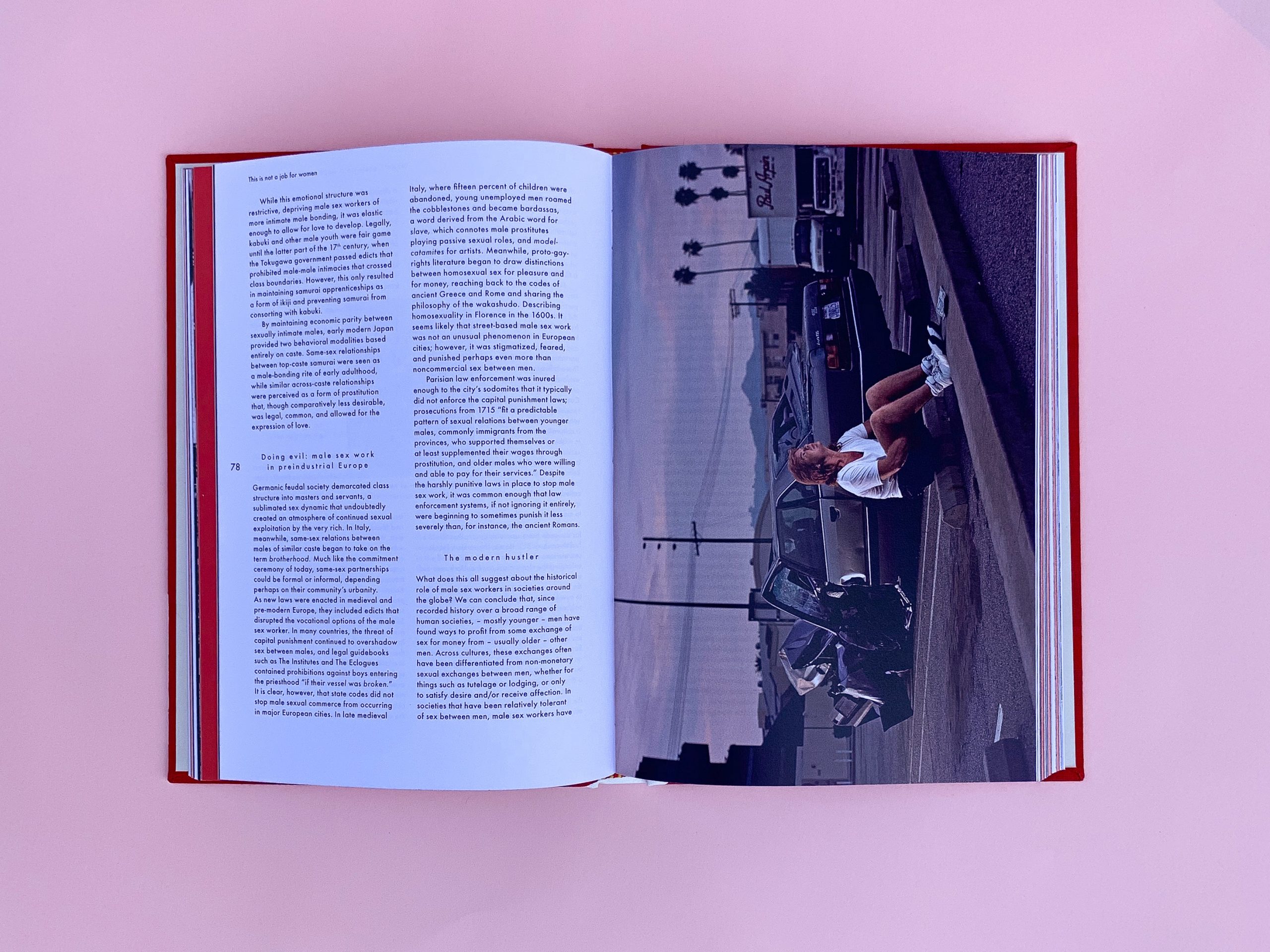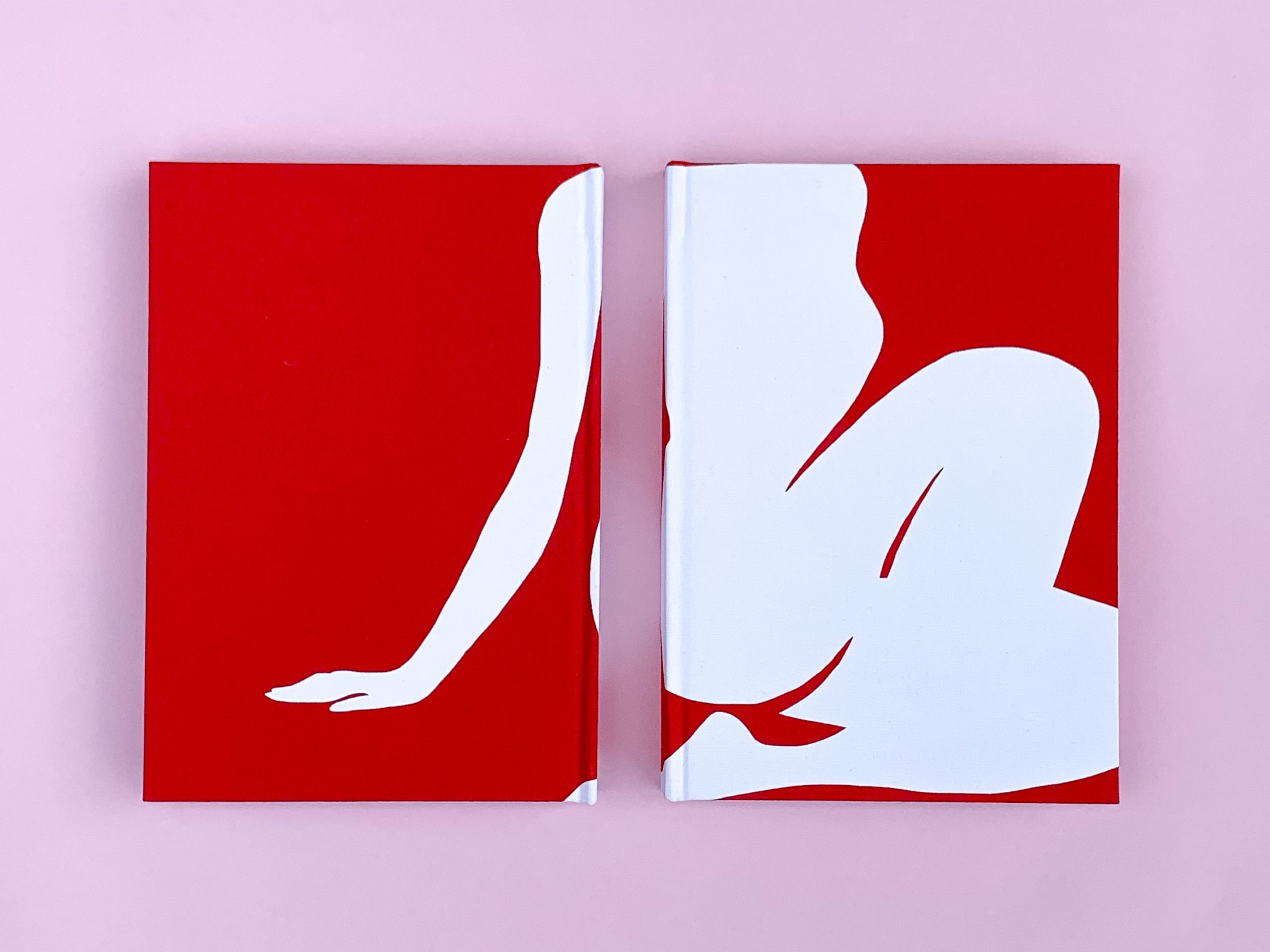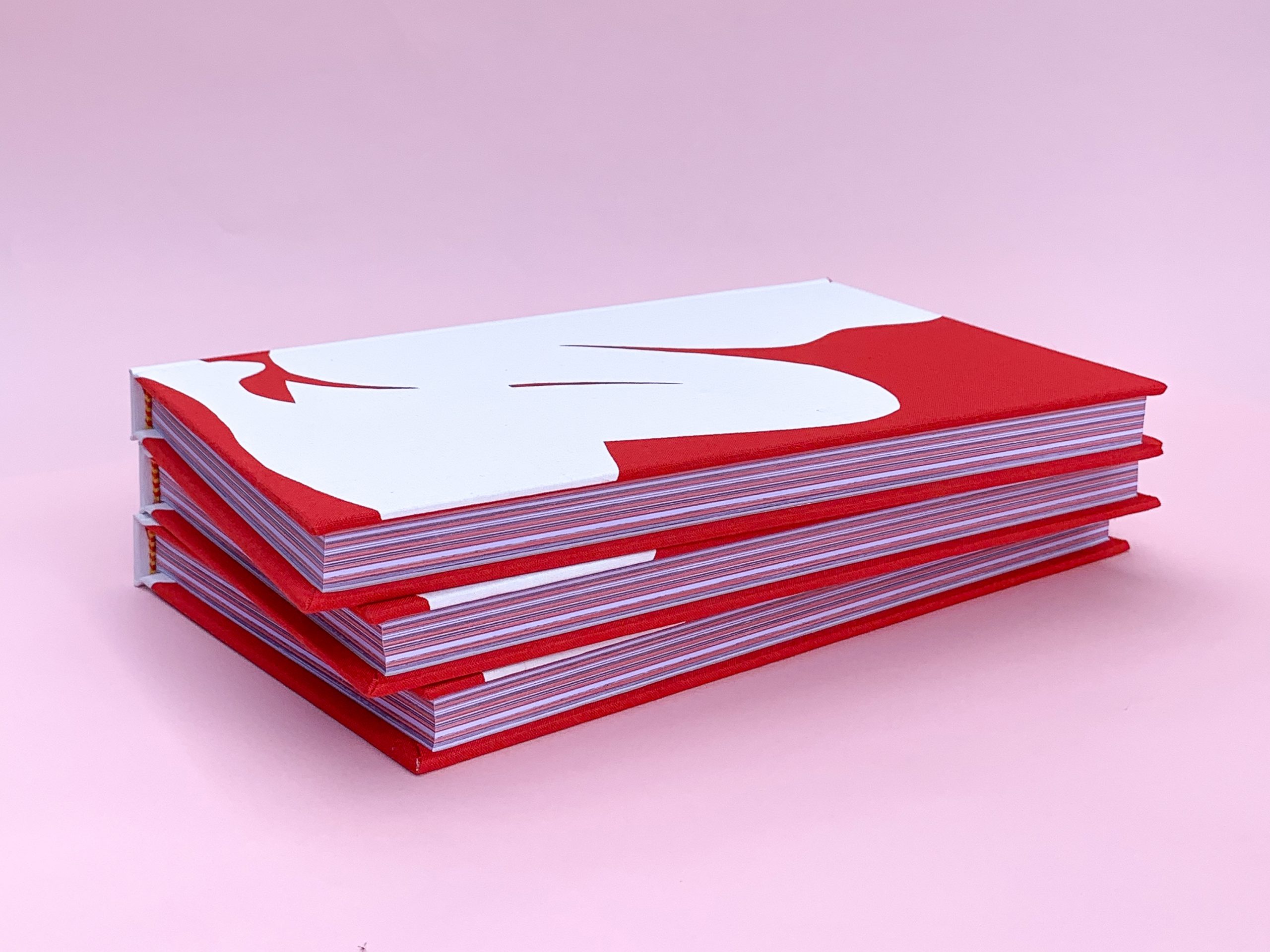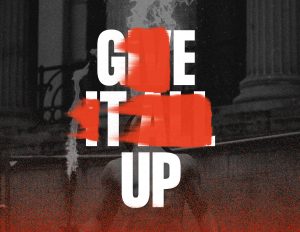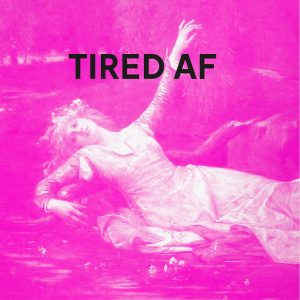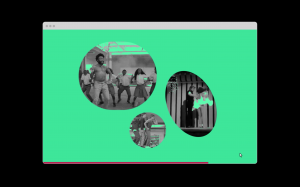When I grow up, I want to be a sex worker
Raushaniya UrmanshinaCamelia Bezzola
Graphic Elisava 2020
Lots of things tend to happen during a graphic.elisava master’s program. Mountains of research. Maybe one or two existential crises. Designing so much that you have nightmares about mismatched hex codes.
In some weird twist of fate, this year’s biggest ‘thing’ ended up being a global pandemic. We were forced to embrace digitalism over presentialism, do more with less, and channel disillusionment into positivity. In school, the lesson comes before the test, but life often takes the opposite approach. We think we’re better for it.
PLATFORM AND IDENTITY
For this year’s degree show we decided to continue the digitalist lifestyle that we’ve come to know. Pills replace name tags, thumbnails replace handshakes, and ingenuity replaces normality in order to illustrate how we view topics like “design ethics”, “comfort”, “manifestos”, and “freedom”.
About
This is graphic.elisava’s digital Degree Show. Find out more about the program at graphic.elisava.net
Acknowledgements
Many thanks to this year’s students in the Graphic Design and the Editorial Design master’s degrees. The 2020 graphic.elisava Degree Show – both the platform and the campaign that precedes it – wouldn’t have been possible without the indefatigable work of a group of design students making time for it in the middle of their end-of-year presentations.
On the typeface
Thanks to Non Foundry for letting us use their Non®Natural Grotesk throughout the website and campaign of this digital Degree Show.
Visit nonfoundry.com to find out more about their work.
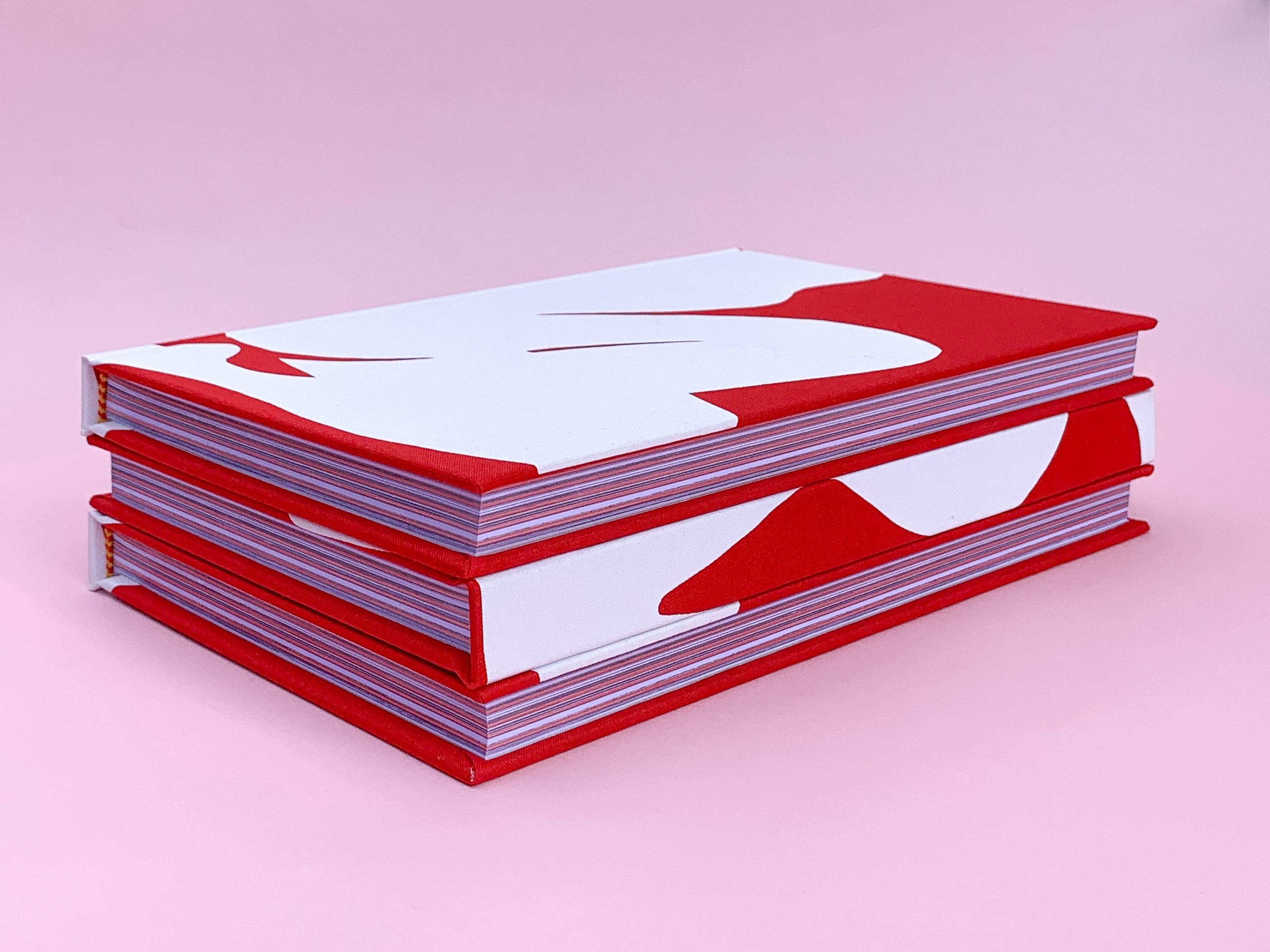
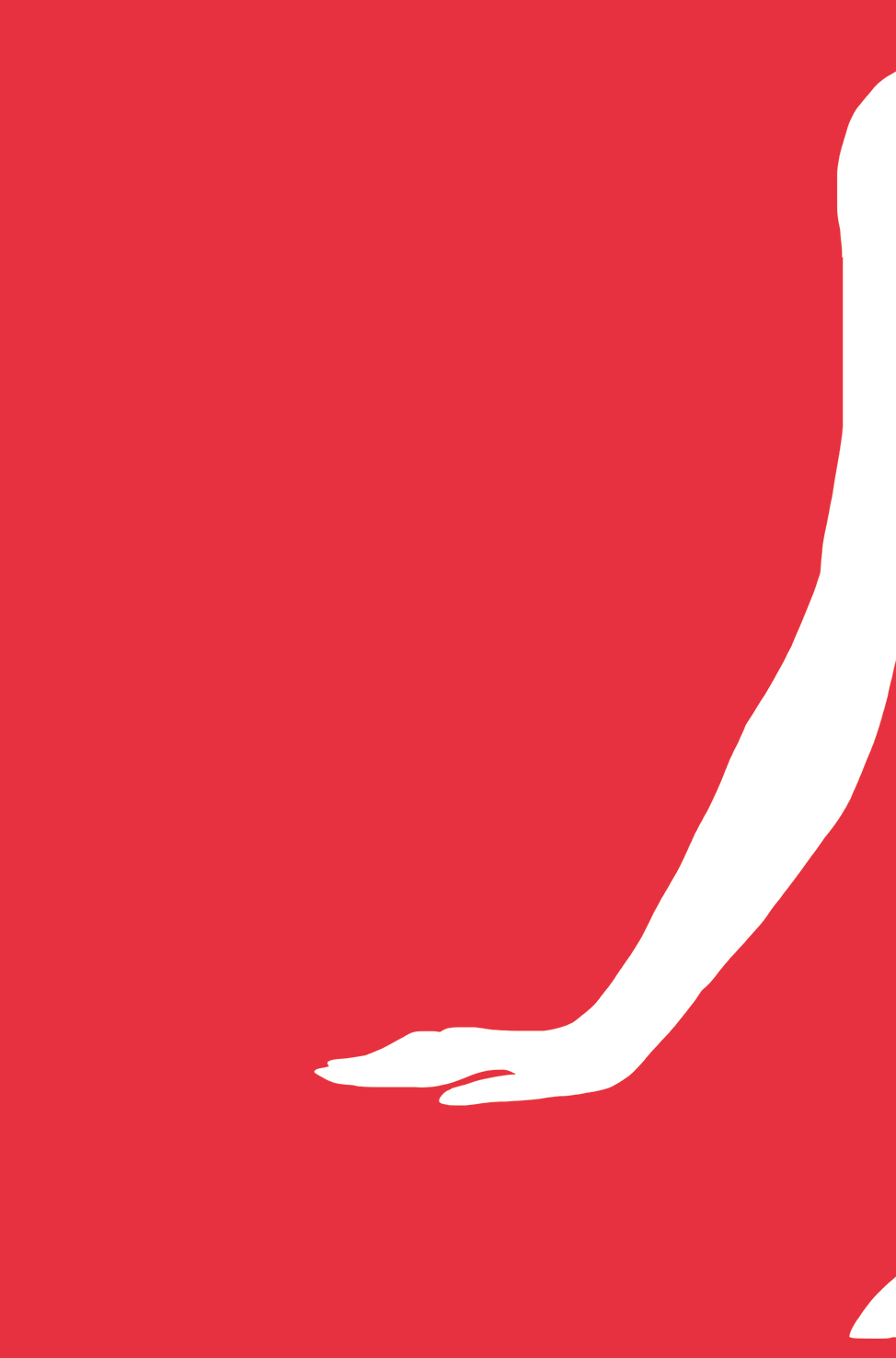
When I grow up, I want to be a sex worker
Exploring the life of people who chose to be a sex worker

When I grow up, I want to be a sex worker is a collection of a historical overview of prostitution and personal stories of sex workers. The main concept of the book is to have two books in one.
One part of the book has emotional stories of women’s and men’s experiences, centred on the themes of sexuality, feelings and personal circumstances. The illustrations include bodies as a main part of the sex work but also illustrations that show the division that exists between normal life and paid-for sex. The red and pink colours give an atmosphere of intimacy.
The second part equips any reader with new theoretical frameworks for understanding the sex industry, offering readers to explore the topic of sex work in new ways, especially its cultural, economic and political dimensions. The book provides visual essays with a look on male sex work in cinema, documentary photographies of prostitutes and a collection of sex work advertising. The green and yellow colours echo the idea of money.
The cover wants to play with the idea of see-through to recall the idea of sex. The jacket hides the illustration of a naked body.

